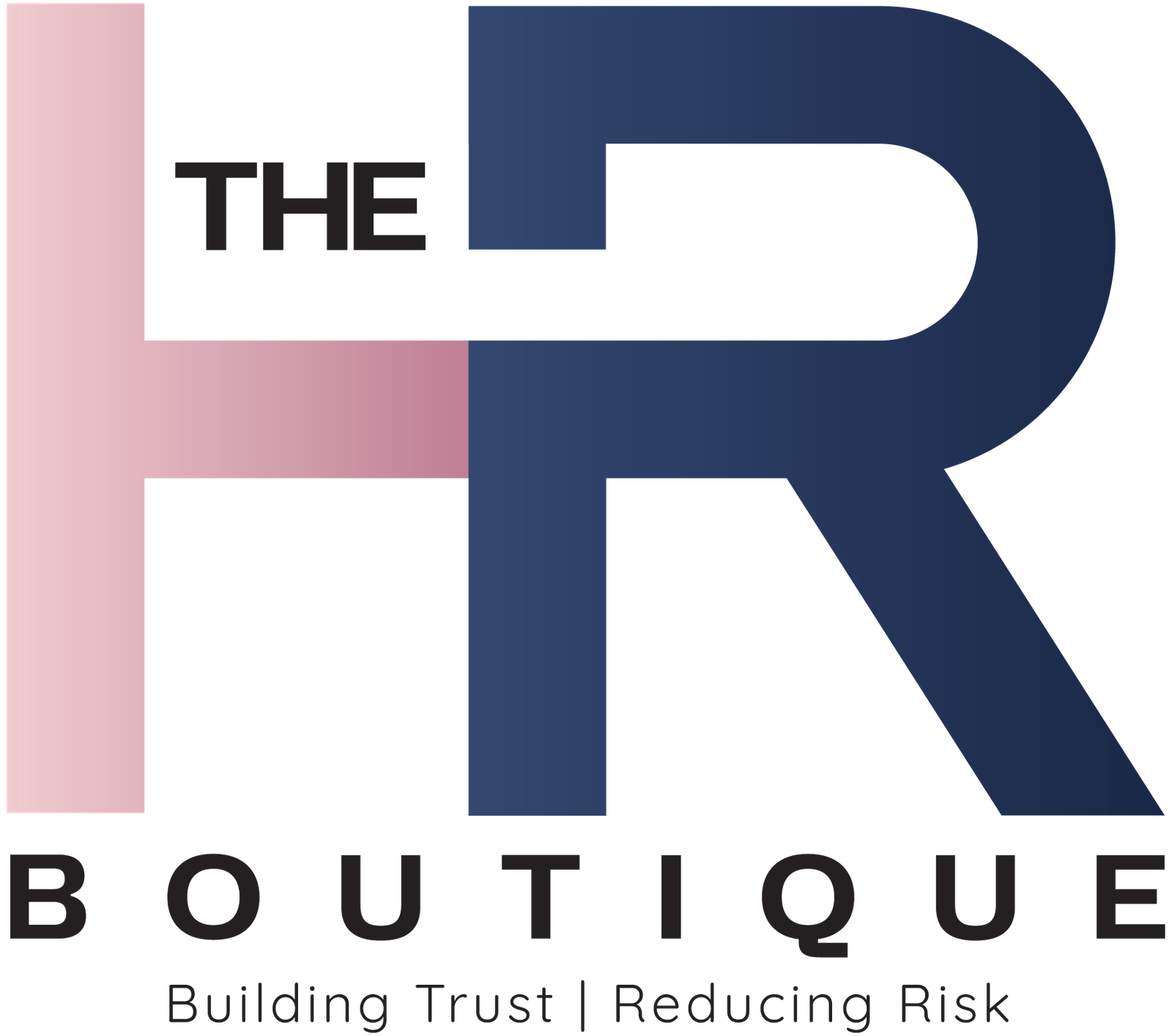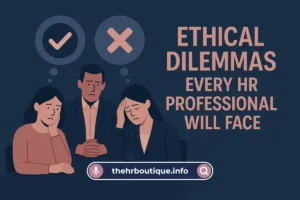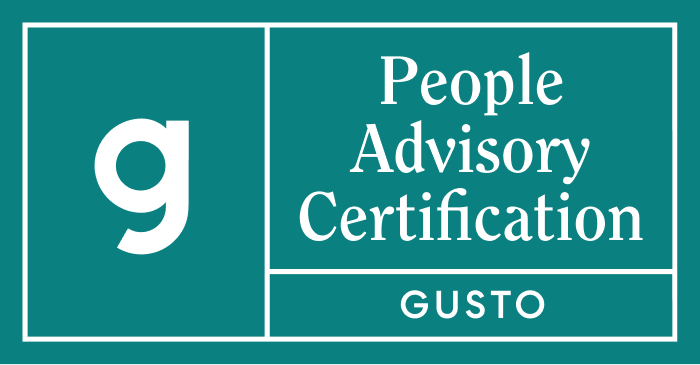Workplace conflict is not uncommon at workplaces. When smart, driven people work together under pressure, disagreements happen.
But tension, left unresolved, becomes toxic. Productivity drops. Trust fractures. And meetings? They start to feel like minefields.
That’s why the smartest leaders don’t ignore conflict; they train for it. Because conflict doesn’t have to derail progress. In fact, managed well, it becomes a launchpad for better collaboration and stronger teams.
This post will show you how you’ll learn what conflict really looks like at work, why avoiding it makes things worse, and how skilled leaders turn tension into trust. Plus, you’ll get scripts and frameworks you can use right away.
Learn What Causes Conflicts and How to Recognize Them Fast
Most workplace conflicts don’t start with big blowups. They start with silence. A missed deadline. A sarcastic comment in a sprint review. Two people interpreting the same Slack thread differently.
The causes? Communication gaps. Competing priorities. Role ambiguity. Even clashing work styles.
These lead to common types of conflict: interpersonal (between individuals), task-based (how work gets done), and role-related (who owns what).
You’ll know a conflict is festering when teammates stop speaking up. When feedback sounds like blame. Or when retros feel more like performance reviews.
Smart leaders don’t wait for HR to flag it. They read the room, watch behavior shifts, and step in early before frustration turns into fallout.
Why Great Managers Address Conflict Before It Escalates
Most new managers think avoiding conflict keeps things smooth. In reality, it delays the inevitable and multiplies damage.
Addressing conflict early saves time, trust, and team momentum. It prevents resentment from becoming retaliation. And it signals to your team: “This is a place where honesty doesn’t get punished.”
When leaders are managing employee conflict with clarity and empathy, morale rises. So does performance. People feel seen. Meetings run smoother. Deadlines get met with less drama.
And best of all? Your team stops fearing disagreement and starts embracing it as part of building great work.
Apply These 6 Smart Strategies to Defuse Conflict and Build Trust
Smart leaders don’t just react. They work to improve employee relationships in the workplace.
First, they listen. Not just to what they are saying, but also their tone, tension, and what’s being hidden. They create space for both sides to share, without interruption.
Next, they model transparency. That means encouraging open communication, naming the issue early, and asking each person what success looks like for them.
They use mediation techniques to bridge gaps. Things like: reframing statements, summarizing shared goals, and naming emotions without judgment.
They set clear expectations and behavioral boundaries: “This is what we expect here. This is what’s not okay.”
They promote collaboration by focusing on shared outcomes, not personal wins. And they train their teams with conflict resolution workshops, feedback clinics, and norms that support dissent.
Turn Conflict into Collaboration Using These Practical In-the-Room Steps
When conflict shows up, here’s how smart leaders respond in the moment:
- Scope the issue → Get the facts, not assumptions.
- Frame the purpose → “We’re here to solve the work problem, not blame people.”
- Set ground rules → Two minutes each. No sarcasm. Speak to desired change, not past pain.
- Map motivation → “What’s in it for you to fix this?”
- Agree on outcomes → “What does success look like here?”
- Explore options → “What trade-offs are you willing to make?”
- Lock commitments → Who’s doing what, by when?
- Follow up → Confirm alignment and accountability.
These steps don’t just end the conflict. They build trust. They create a repeatable process your team can use even without you. That’s how tension turns into teamwork.
Learn from Real Managers Who Turned Conflict into Team Alignment
Consider Maya, a first-time engineering manager at a fast-growing SaaS company. Her retros kept derailing into blame games between frontend and backend devs.
Instead of escalating to HR, she ran a 30-minute conflict clinic. She used these words: “We’re here to fix the sprint process, not each other.”
She gave everyone two uninterrupted minutes to speak. Then reframed the issue from tone to clarity: “What reviews do we want to see, not just how they’re said?” That shift aligned the team.
Or take Leo, a product lead whose design and engineering teams clashed over roadmap priorities. He used the “balcony moment” phrase: “Let’s step back. What do both teams need to succeed?”
It diffused emotion and focused on shared wins.
Tools and Resources for Leaders
Need backup? Use the SPARK model: Scope, Position, Agree, Run options, Key commitments.
Use software like Officevibe or Lattice to monitor team sentiment. And create your own conflict playbook with ready-to-use scripts, openers, and escalation rubrics.
These aren’t just tools. They’re safety nets. They give you the words when emotions run high.
Start Turning Conflict Into a Competitive Advantage
Tension doesn’t mean your team is broken. It means they care.
The difference between friction and flow is leadership. The smartest leaders turn conflict into clarity. They guide teams through the hard stuff without fear, without blame.
If you want fewer 1:1 escalations, stronger retros, and a team that knows how to disagree and commit. Start by learning the language of conflict intelligence.
Use it. Practice it. Share it. And watch your team shift from guarded silence to honest progress. If you need professional HR services for managing employee conflicts get in touch with us today.





